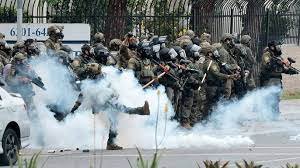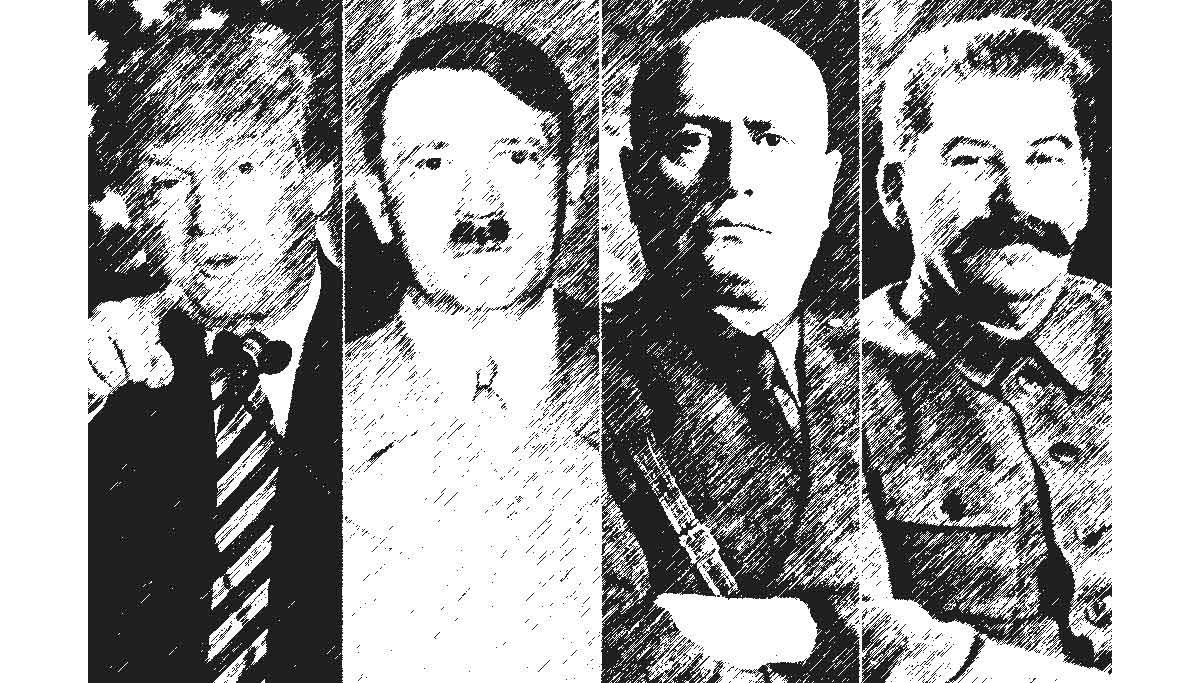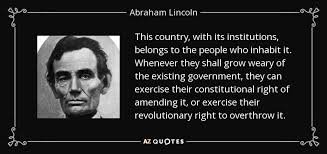The Emergency They Wanted
Written by: Dr. Thomas Salem Moore
11 September 2025
They came at first with uniforms and polite press releases — “for the protection of critical infrastructure,” the notices read — and the country watched, sleepy and distracted. Armored convoys rolled into major cities under the banner of emergency readiness: flood relief, terrorist response, assistance to local law enforcement. On television the anchors nodded solemnly, and a weary public nodded with them. Who could argue with troops on the streets in the name of safety?
Behind the public face, however, a quieter plan had long been drafted in windowed offices and private rooms. For years a network of officials and advisers had argued that true stability required extraordinary powers — powers the constitution expressly reserved for exceptional circumstances. But emergency powers do not grant themselves. They are requested. They must be wanted, feared, begged for. And fear is a thing that can be manufactured as anyone can see in the news daily.
The strategy was simple in its cruelty. Send troops to cities where they stated were needed but not proof was given nor seen. Monitor. Select the neighborhoods where protests were most likely, where poverty and grievance intersected with frustrated rhetoric. Move the troops in with humanitarian banners and polite mandates. Send them in, at first, without arms, without showing much threat. Let the public see and get used to them being there, to condition the public to not be afraid. Use a heavy hand when tempers flare. Let a few clashes make the evening news. Amplify the worst images and let the narrative crystallize: chaos on our streets, violence begetting violence, the republic under siege.
At some point, the planners told one another, there would be a city that would not bow. Maybe a long-standing labor stronghold, a university town with a fierce local press (a repeat of Kent State?), or a port where migrants and workers had endured years of neglect. In that place, the provocation would not be contained. The clash would be larger, harder to spin. Social media would catch every moment and spread it like wildfire. Opinion would harden. Factions would harden. The pundits would scream. The lawyers would squabble about jurisdiction and the courts would entangle themselves in emergency motions while the pictures on every screen pleaded for a quick solution.
And then — the final, desired moment. A federal emergency declaration, the language of necessity written like a legal sentence. Martial law, the memorandum would say, “temporary measures to restore order.” But temporary laws often find ways to outstay their welcome. With the constitution suspended in the name of security, mechanisms of representative choice are narrowed or put on pause. Local elections become “logistical challenges.” National assemblies meet in truncated session. Protections that once seemed inviolable become subject to administrative rule. Those in power celebrate behind closed doors as if their team had just won the Superbowl.
Once emergency powers are cemented, the machinery of appointment and oversight can be reimagined. Public officials can be replaced by managers deemed “essential.” Civil liberties can be rerouted through emergency directives. Where debate remains, it is shadowed by the steady drumbeat of fear: the streets are unsafe, the enemies are many, the costs of dissent are dramatic. People who once believed only in ballots find themselves living under edicts, their rights hemmed in by regulation after regulation. No longer can you oppose those in control without punishment.
This is not a story of inevitability so much as of vulnerability. Authoritarian movements rarely burst fully formed from the earth. They creep forward through legalisms, through appeals to safety, through the quiet accretion of powers justified by the last crisis. They exploit the very institutions built to preserve a free society — the courts, the legislatures, the emergency authorities — and turn them into instruments of permanence.
A memory of history warns us: when citizens accept the narrowing of their own liberties because the next hour looks frightening, they may be surrendering the tools that will let them reclaim them later. Constitutional safeguards, public transparency, a vigilant press, and independent courts are not mere formalities — they are the shock absorbers of a functioning republic. Where those protections fray, the temptation for “temporary” measures to become long-term governance grows.
This fiction is not a prophecy or a charge against any named actors. It is a parable about process: how emergency powers can be normalized, how fear can be weaponized, and how a polity can slide from argument to acquiescence if it stops asking for proof and begins to accept claims at face value. The lesson is pragmatic and stark — not to live in permanent dread, but to recognize that the defenses of liberty must be active and visible if they are to remain effective.
If nothing else, remember that laws and constitutions are not self-enforcing. They require citizens, institutions, and cultures willing to insist that temporary measures remain temporary, that emergency powers are accountable, and that the default of a free society is to trust in the people’s capacity to govern themselves. In that insistence lies the real safeguard against any plan that would exploit fear to erase the very freedoms it claims to protect. As a citizen, you are the only thing standing between Freedom and slavery, Democracy and Fascism, Right and Wrong, will you stand up for what you believe before it is too late or will you kneel before those you serve. I’ll never forget this quote I once read, it said, “It is better to die on your feet than live on your knees.” I wasn’t sure what that meant then but there is no doubt what it means now.




